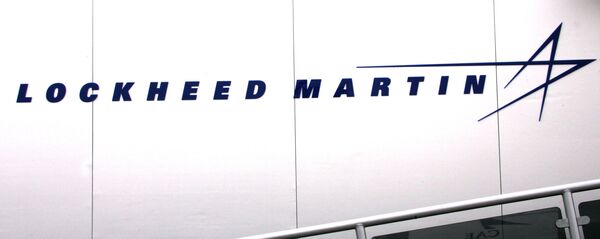You may be imagining a full suit of high-tech armor a la the "Iron Man" suit or Samus Aran's Chozo Power Suit, but the FORTIS Knee Stress Release Device (K-SRD) is much simpler than that: it's a three-pound lithium ion battery that goes around the waist and attaches to pipes running down the length of the operator's legs.
The actual tech involves compact actuators along the knees, similar to the hydraulic system in some cars, and an artificial intelligence system that translates the human movements into data to better integrate the rigid exoskeleton with human motion.
This exoskeleton doesn't restrict movement like previous models and it weighs half as much. Its main use is that it makes it easier to surmount inclines, transferring stress from the human body to the exoskeleton. The K-SRD can easily be worn over clothing and weighs about 40 pounds.
The FORTIS was originally pioneered by industrial design firm ROBRADY, which designed the suit with manual labor in mind, such as shipbuilding or maintenance work. But Lockheed Martin saw military applications to the technology, too, and stripped the suit down. The original suit included an upper body component, but the K-SRD ends at the waist.
Lockheed Martin has argued that the technology could save soldiers 9 percent of their energy output every day. That doesn't sound like much until you think about the economies of scale. If each soldier is 9 percent more efficient, then nine soldiers can now do the work of 10 — or 900,000 can do the work of a million.
The results have already been empirically tested, and the people wearing K-SRDs exerted less energy climbing treadmills on an incline than those without the exosuits. "We've had this on some of the Army's elite forces and they were able to run with high agility carrying full loads," said Lockheed Martin's Keith Maxwell, senior program manager of the exoskeleton technology branch, to Scout.
"We were showing a decrease in the metabolic cost of transport, the measure of how much energy is required to climb uphill."
Depending on your temperament, you may be imagining that this technology could lead to high-tech power armor bedecked with laser beams and jetpacks, but at the moment it's just a pipe that helps you pick up and carry heavy stuff. But what it lacks in sexiness it makes up for in practicality: the K-SRD's simplicity could make it cheap and easy to mass produce.
The US Department of Defense has declared emergent technologies such as robotics, AI and advanced manufacturing such as exoskeletons to be part their Third Offset Strategy, an attempt to gain a technological edge over military rivals. The First Offset Strategy was the expansion of the US nuclear arsenal in the 1950s and the Second was superiority in surveillance, reconnaissance and intelligence in the 1970s and 80s.




